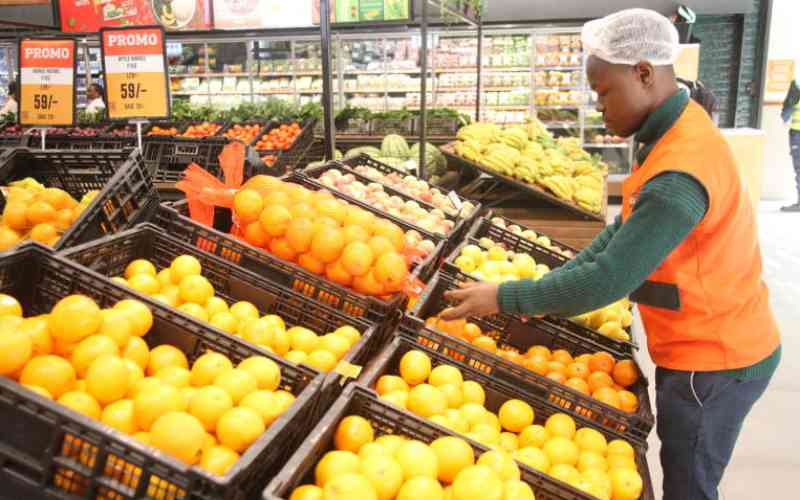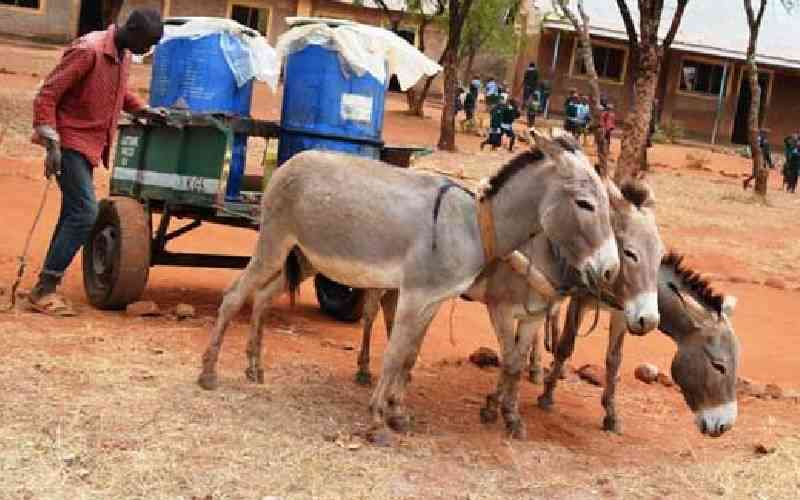
Recent media reports have painted a grim picture of higher education in Kenya, often claiming that its quality has deteriorated. Regulatory institutions such as the Commission for University Education (CUE) have been criticized as lax, amid calls for sweeping reforms.
First, we must applaud those raising concerns about the quality of university education in Kenya. They have added to voices long advocating for improved standards. However, to be productive, this conversation needs to be informed by data from reliable sources.







